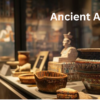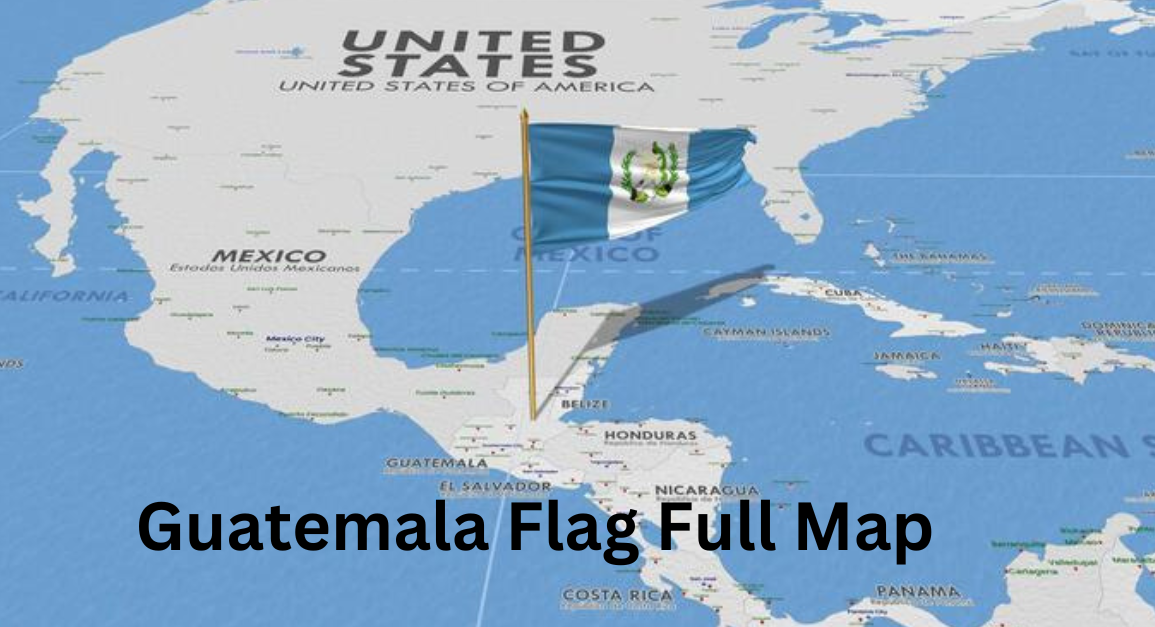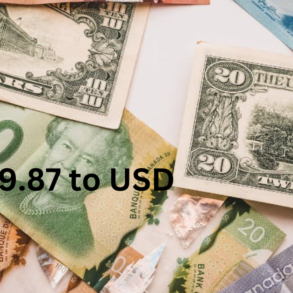The Guatemala flag is a powerful symbol with deep meaning for the country and its people. It is not just a canvas blowing in the wind, but a representation of the country’s identity, history, values, and aspirations. Discovering the meaning of its flag is essential for anyone who wants to understand the culture and heritage of Guatemala. In this complete guide to the Guatemalan flag, we will delve into its origins, design, colors, symbols, and the pride it inspires among Guatemalans.
History of the Guatemala Flag
The Guatemala flag has undergone many changes throughout its history, reflecting political changes and a changing national identity. Understanding its evolution can give us a clearer picture of the country’s history.
Pre-colonial colonial period
Before European colonization, the indigenous peoples of Guatemala, including the Maya, had no national symbols in the modern sense. They had good relations with the local communities, gods and leaders. Dominated by European symbols such as the Spanish flag, Guatemala was not incorporated into the Spanish Empire until the arrival of Spanish colonizers in the 16th century.
Liberation Movement
In 1821, Guatemala gained independence from Spain as part of the Central American independence movement. It was originally used as the flag of the United States of Central America, the Union of Central American Nations. The flag has blue and white stripes, symbolizing the sky and peace.
However, in 1838 the union was dissolved and Guatemala became an independent country, along with other countries such as Costa Rica, El Salvador, and Nicaragua. It was during this pivotal period that the modern flag of Guatemala was born, although the design remains the same.
Modern flag Adopted in 1871
The current flag of Guatemala was adopted on August 17, 1871. This design breaks away from the horizontal stripes of the old Central American Union flag by adding vertical stripes, making Guatemala a unique country with its own identity. The blue and white colors remain, but the systems and symbols have been adapted to Guatemala’s independence and values.
Guatemala flag pattern
The Guatemala flag has three vertical stripes, blue on the right and left, and white in the middle. Each element of the flag has a special meaning related to the country’s history, territory, and goals.aColors of the Guatemala flag
The colors of the flag have a deep meaning:
Blue: The blue stripes on both sides of the flag represent the country’s two waters, the Pacific Ocean and the Caribbean Sea. Blue symbolizes the sky, freedom, and justice, as well as the use of space. It is a color found on many Central American flags and symbolizes the region’s heritage.
White: The white stripe in the middle symbolizes peace and purity. Like many countries, Guatemala considers peace a national priority, and the white of the flag is a constant reminder of the country’s desire for peace and its relations with other countries.
National coat of arms
One of the most distinctive features of the Guatemalan flag is the coat of arms in the middle of the white stripe. This coat of arms has many meanings, each filled with history and significance:
- Quetzal: At the top of the national symbol is the Quetzal, the national bird of Guatemala. The Quetzal is recognizable by its green fur and long tail, symbolizing freedom and independence. In ancient Mayan culture, the bird was considered sacred and its feathers were used in royal regalia. Today, the quetzal is a symbol of Guatemala’s liberation from independence.
- Scroll: Quetzal Below is a scroll of parchment bearing the date “September 15, 1821″, commemorating Guatemala independence from Spain. This book is a clear statement about national liberation and sovereignty.
- Crossed Rifles: Two rifles crossed under a sheet to represent Guatemala’s readiness to defend its independence. These weapons are not symbols of violence, but of the country’s determination to preserve its freedom and independence.
- Sword: The blade of the sword is at the bottom of the weapon, a sign of respect. They remind us that the defense of Guatemala’s independence must be done with justice and respect.
- Laurel Wreath: The coat of arms is surrounded by a laurel wreath. In many cultures, the laurel wreath is a symbol of victory and triumph. In the case of Guatemala, it represents the country’s achievements and its quest for lasting peace and prosperity.
Symbolism of the Guatemala Flag
Each element of the Guatemala flag has been carefully chosen to represent the values, land, and hopes of the Guatemalan people.
- Geography and Nature: The blue and white of the flag pay tribute to Guatemala’s beautiful landscape; the blue represents the ocean and sky, and the white represents the clouds and the sacred spirit of the country.
- Freedom and independence: The national symbol, especially the quetzal bird, the gun and the scroll, is a powerful symbol of Guatemala’s independence. The quetzal represents freedom, while the gun and the scroll express the country’s struggle for freedom and its determination to maintain it.
- Peace and respect: The white color of the country’s flag and the laurel wreath symbolize peace and respect. These are values that Guatemalans cherish and seek to promote nationally and internationally.
The Guatemala flag in everyday life
The Guatemala flag is much more than a ceremonial symbol seen at national events or in offices. It plays an important role in the daily lives of Guatemalans, instilling pride and creativity. The Guatemalan flag is used and celebrated in the following ways:
National Holidays
The flag is prominently displayed during national holidays such as Independence Day on September 15th. On this day, the streets are filled with parades, dances, and festivities, with the Guatemala flag waving proudly across cities and towns. Schools, government buildings, and homes display the flag, and it is a day when the nation collectively remembers and honors the hard-won freedom of Guatemala.
Sporting Events
In international sporting events, especially football (soccer) matches, the Guatemala flag is a symbol of national pride. Fans wave the flag to support their athletes and to express their solidarity with their country. The flag becomes a unifying emblem in moments of both victory and defeat, rallying people together as proud Guatemalans.
Education and Institutions
In schools and government institutions, the Guatemala flag is raised during the national anthem, reminding citizens of their national identity and history. It is also taught to children in classrooms, ensuring that the next generation understands its meaning and significance.
Conclusion
The Guatemala flag is much more than a piece of fabric; it is a representation of the country’s rich history, cultural identity, and values. Through its colors, coat of arms, and symbols, the flag tells the story of Guatemala’s journey from colonization to independence and its continuing efforts to build a peaceful and prosperous future. Whether seen during national celebrations or daily life, the Guatemala flag serves as a reminder of the pride, resilience, and unity of the Guatemalan people.








